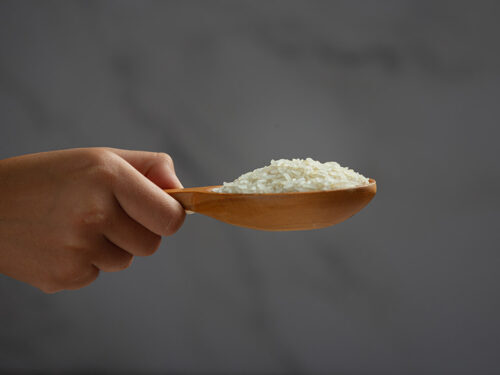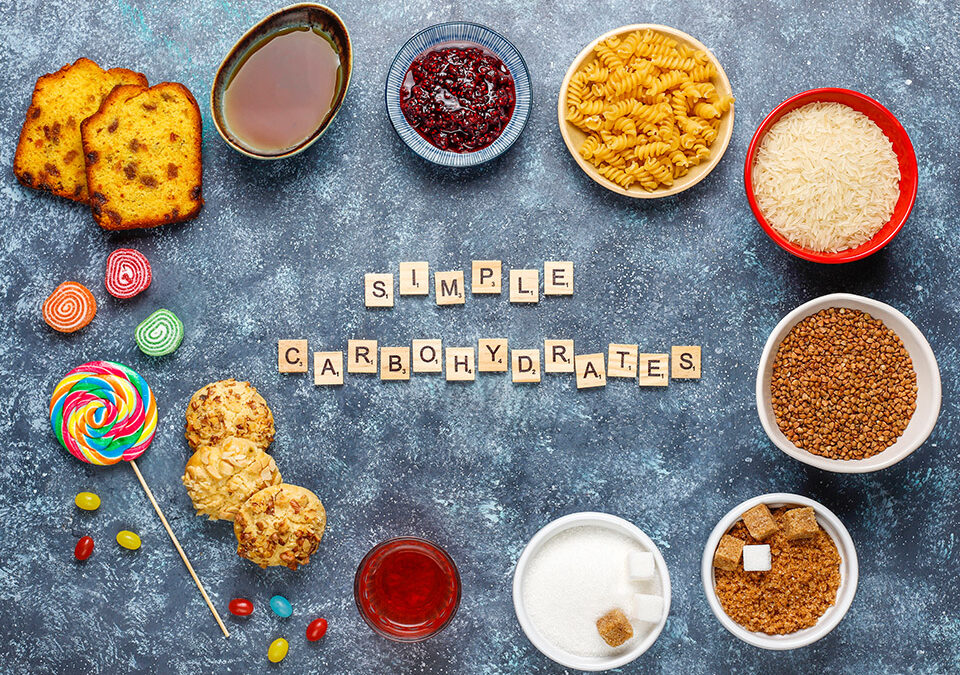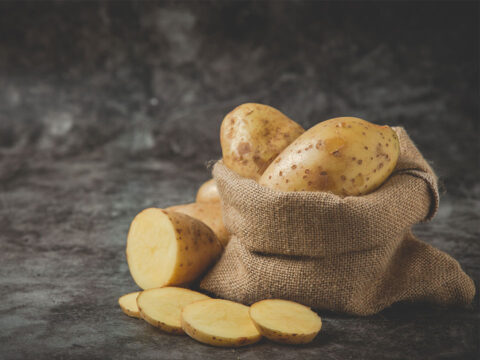
A Guide To Keep Blood Sugar In Control When Exercising
July 21, 2021
Pet Therapy: Why Having A Cat Or Dog Can Help Manage Diabetes
July 21, 2021Get To Know Your Carbs For A Diabetes Healthy Diet
Keeping a check on your carbohydrate or “carb” intake is the key to manage diabetes successfully. Hence, you should know your carbs. There are three major types of carbs:
Sugars: Sugar could refer to the natural sugar present in fruits and milk or the added synthetic sugar to soda and several other packaged food items.
Starches: This form of carbs is present in oats, wheat, and other whole grains. There are also starchy vegetables such as potatoes and corn. In addition, lentils, peas, and dried beans, too, contain starch as the primary type of carbs.
Fiber: This type of carbs is the predominant component of plant foods that are not digested but help in the process of digestion by providing roughage, eventually keeping you healthy.
Sugars and starches raise blood glucose levels, but fiber does not. Thus, carbs and diabetes are associated.
Diabetes Counting Carbs And Sugars
There is a role played by carbs in diabetes management. Counting your carb intake by keeping a track of all the carbs present in your meals, drinks, and snacks can help you phenomenally in matching your activity level as well as diabetes medications to the food you consume. Scores of people with diabetes minutely count carbs for better management of blood sugar levels. This process can also help them in the following ways:
Staying healthier and better for a longer period
Improvement in the quality of life
Prevention of the likelihood of diabetes complications such as diabetic nephropathy, diabetic retinopathy, cardiovascular disease, and stroke
If you take insulin during mealtimes, you may need to count carbs to accurately match your dose of insulin to the number of carbs present in your foods and drinks. The need to intake additional insulin may also arise if your blood glucose levels are higher than the target while eating.
Added Sugar Could Be Hidden In Your Food
Sugars are added to several food items during the processing stage, and added sugars mean added carbs that can spell doom to your diabetes management. Some of these food items include spaghetti sauce, yogurt, bread, and salad dressing, to name a few. To spot hidden sugars, you need to peruse the ingredient list on the food label thoroughly, searching for words that end in “ose” (such as maltose and fructose) and any name that includes “juice” or “syrup.”
How Does One Measure Carbs?
Carbs are measured in grams. When it comes to packaged foods, you can find out the total grams of carbs on the nutrition facts label. You can go through this list or make use of a carb-counting app to know the total grams of carbs that are present in your food items and drinks.
When it comes to meal planning for diabetes, 1 serving of carbs amounts to approximately 15 grams. This is not always the same as what you consider as a food serving. For instance, most individuals would count a baked potato as 1 food serving. However, with approximately 30 grams of carbs, the same potato counts as 2 servings of carbs.
How Many Carbs Should One Consume?

There is no one-size-fits-all answer because everyone’s body is different. The amount of carbs that you can intake and simultaneously stay within the targeted blood sugar range will eventually depend on your age, weight, level of physical activity, and several other factors.
On average, individuals with diabetes must aim to obtain nearly half of their needed calories from carbs. This means that if you normally consume 1,800 calories a day to successfully maintain a healthy weight, nearly 800-900 calories must come from carbs. With each gram of carbs providing nearly 4 calories, it is advisable to keep the carb intake at approximately 200-225 grams a day. Try to consume approximately the same amount of carbs at every meal to maintain steady blood sugar levels throughout the day.
The Final Word:
Consult a dietitian regarding the right amount of carbs needed by you. Ensure that you update your meal plan if there is any change to your required calorific intake. For example, being more physically active will increase your requirement for carbs. Ask your dietitian about tasty and healthy recipes that can assist you in staying on top of your carb intake. This will also make It much easier for you to manage your blood glucose levels.
Reference Links:




